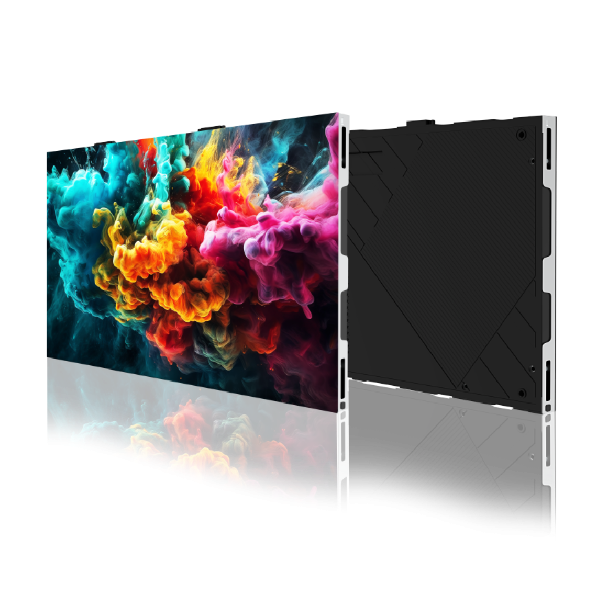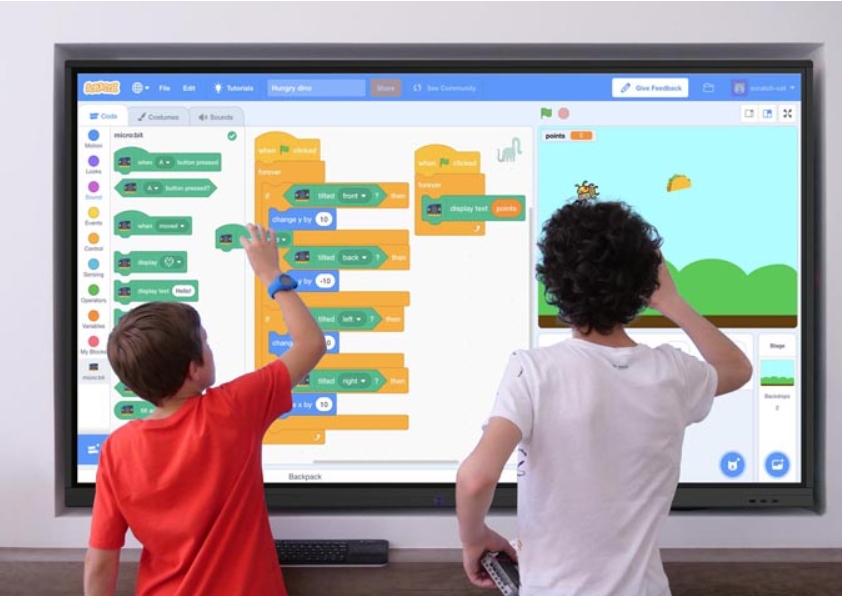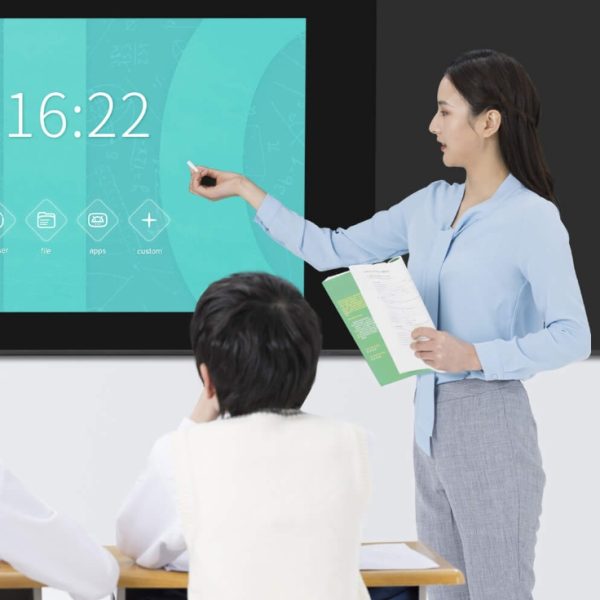What is Education Interactive touch screens?
Education interactive touch screens, often referred to as interactive whiteboards or smartboards, are large touchscreen displays designed for educational settings. They combine the functionalities of a traditional whiteboard with advanced technology, allowing teachers and students to interact directly with content displayed on the screen. These displays have the ability to run various software applications, showcase multimedia content, and support collaboration among students and teachers in real-time.
Features of Education Interactive touch screens
- Multi-Touch Interaction: Most interactive touch screens allow multiple users to interact with the display simultaneously, enabling collaborative learning experiences among students and teachers.
- Responsive Touch Technology: Interactive screens come with highly responsive touch technology, providing a smooth and lag-free experience for users.
- High-Resolution Display: These screens offer high-resolution displays, ensuring crisp and clear visuals for better engagement and comprehension.
- Built-in Educational Software: Many interactive touch screens come preloaded with educational software, providing ready-to-use teaching tools, resources, and multimedia content.
- Compatibility with various devices: Most models can easily connect with laptops, tablets, or other devices, allowing seamless integration with existing technology in the classroom.
- User-friendly Interface: Interactive touch screens offer intuitive and easy-to-navigate interfaces, ensuring that both teachers and students can quickly adapt to using them in their learning environment.
- Durability and easy maintenance: Unlike traditional whiteboards, interactive screens are designed to be durable and require little maintenance, reducing maintenance costs and prolonging their lifespan.
Applications of Education Interactive touch screens
- Classroom Teaching: Interactive touch screens enable teachers to create dynamic and engaging lesson presentations and activities, promoting better understanding and retention of the material.
- Collaborative Learning: Students can work together on projects using the interactive screens, fostering a cooperative learning environment.
- Distance Learning: Interactive screens can be connected to online learning platforms, allowing teachers and students to collaborate in real-time, even when they are not physically present in the same location.
- Special Needs Education: The interactive nature of these screens makes them an ideal teaching tool for students with special needs, providing them with a more engaging and accessible learning experience.
- Professional Development: Interactive touch screens can be used in professional development workshops or training sessions to enhance learning experiences for educators, administrators, or other professionals in the field.
Price of Education Interactive touch screens
The pricing for education interactive touch screens can vary widely based on factors such as screen size, display resolution, the responsiveness of the touch technology, built-in software, and compatibility with various devices. Prices can range anywhere from a few hundred dollars for entry-level models to several thousand dollars for advanced models with more features and capabilities.
When selecting an interactive touch screen, it is crucial to balance cost with functionality, engagement, and ease of use in order to maximize the value of the investment for the educational institution.
Conclusion
Education interactive touch screens have the potential to revolutionize learning experiences with their dynamic features and functionalities. By providing engaging and interactive classroom environments, these screens can contribute to better understanding, retention, and collaboration among students and teachers. Carefully considering the various factors that might influence the pricing of these advanced screens will ensure that educational institutions make well-informed decisions when investing in this technology for the benefit of their students and educators.






